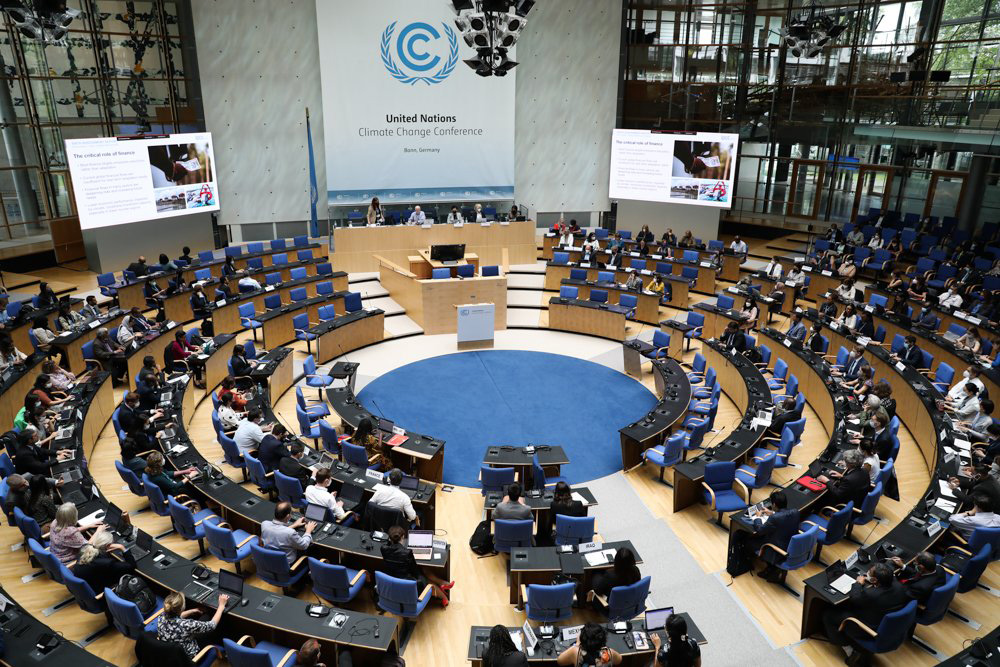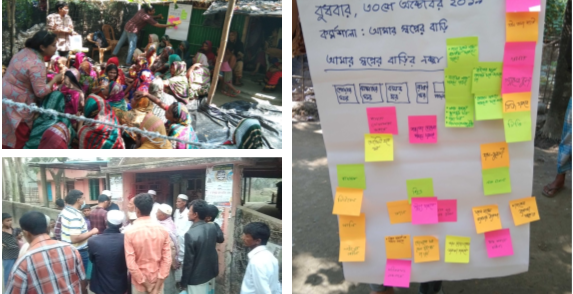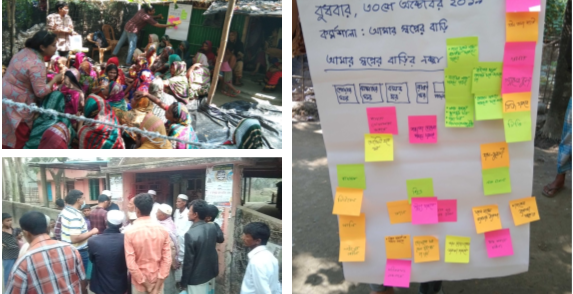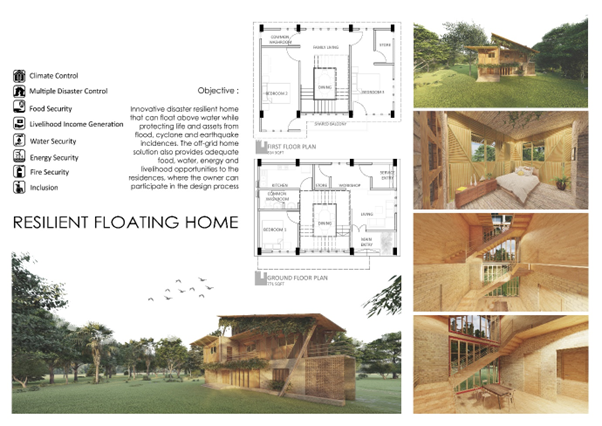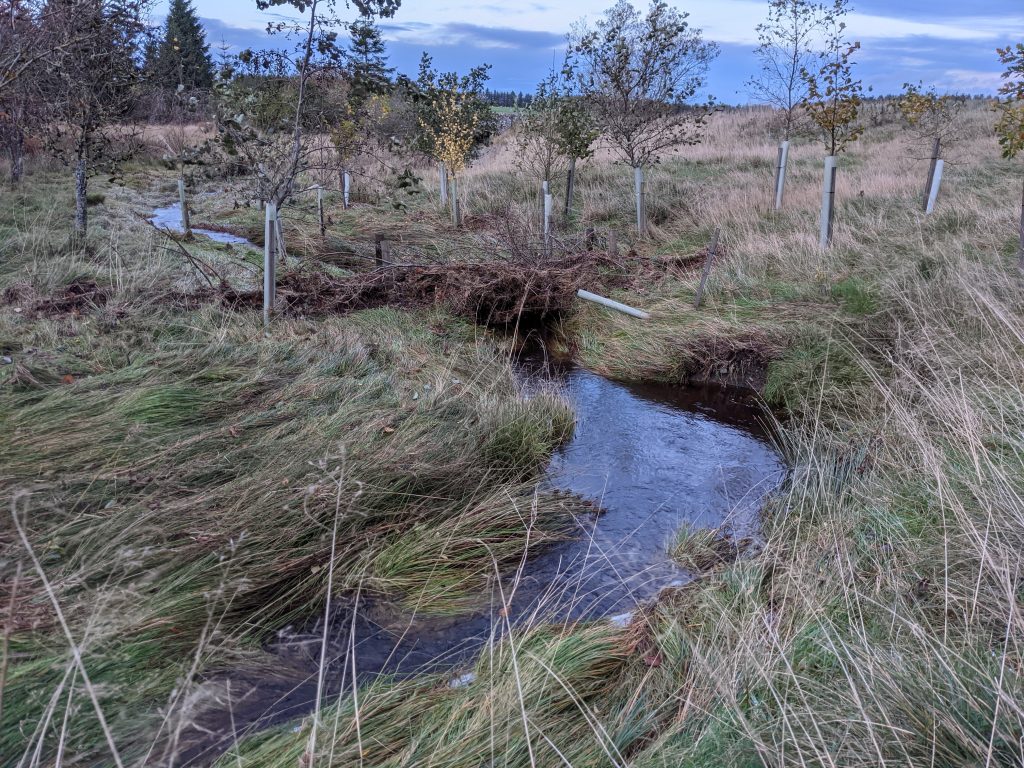After three decades of climate negotiations, the next big climate summit, COP 27, is set to open the curtain in Egypt, with the official tagline “together for implementation.” What remained in Glasgow was reviewed at the Bonn Climate Talks in June 2022. This blog primarily makes an effort to keep track of the Glasgow COP 26 outcome in order to pinpoint the agenda items on important thematic areas that deserve particular attention at the following COP.
Important Agendas of COP 26
- Climate Mitigation – Keeping the Temperature rise within 1.5 degree Celsius
- Climate Change Adaptation (Matters related to Adaptation) – Global Goal on Adaptation
- Climate Finance (Long Term Finance and New Collective quantified goal on climate finance)
- Completion of the Paris Rule book (Article 6 of the Paris Agreement)
- Loss and Damage
Progress of Negotiation
Finance: The COP Presidency issued the latest draft on November 12, 2021; however, the final text differed significantly from the draft. For example, the draft text reflects a balance between adaptation and mitigation, which was omitted in the final version. The text also includes a discussion of doubling the adaptation finance. The text further reflects developed countries’ inaction in delivering $100 billion to developing countries. The COP president’s proposal includes the phrase “notes with serious concern the gap in relation to the developed country Parties” fulfilment of the goal of mobilising jointly US$ 100 billion per year by 2020,” which is consistent with the LDC position. Climate finance measurement and tracking mechanisms are being developed as provisional (under parenthesis). At COP 27, a high-level ministerial dialogue on climate finance agreed to mobilise $100 billion. At its fourth, fifth, and sixth sessions, the Ad Hoc Work Programme agreed to establish a new collective quantified goal. US$ 351.6 million pledged to Adaptation Fund, far exceeding the COP 25 pledge of US$ 129 million. LDC Fund has received a pledge of US$ 431 million, which is significantly higher than the COP 25 pledges of US$ 184 million. The Standing Committee on Finance is asked to keep working on definitions of climate finance. Three new collective quantified goals on climate finance were established for post-2025: establish an ad hoc work programme under the CMA from 2022-2024; conduct four technical expert dialogues as part of the ad hoc work programme, and convene a high-level ministerial dialogue beginning in 2022 and ending in 2024.
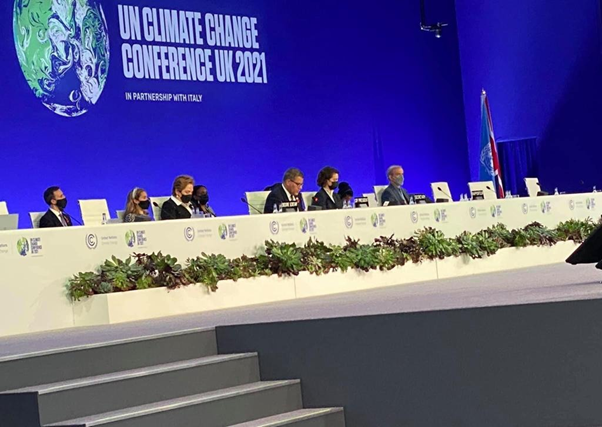
Loss and Damage: Negotiation and progress on the loss and damage work programme were slower than expected. The Functions of the Santiago Network on Loss and Damage were agreed upon as one of the key achievements. A technical assistance facility for financial support for Loss and Damage has been agreed upon, and Santiago Network will be supported by the facility to provide financial support for technical assistance. However, the governance issue (reporting under both the CMA and the COP) was postponed until COP 27. (2022).
Adaptation: This year’s adaptation progress was insignificant. The agreement on a two-year work programme (2022-2023) aimed at operationalizing a Global Goal on Adaptation was the only notable progress. Aside from that, it was agreed to hold four workshops each year under the auspices of SBSTA and SBI.
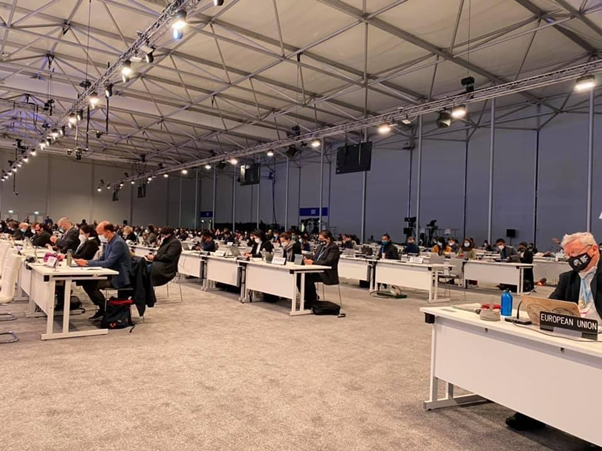
Climate Change Mitigation: The key mitigation achievement was limiting global warming to 1.5 degrees Celsius. The text also acknowledges reducing carbon dioxide emissions by 45 percent by 2030 compared to 2010, with a goal of reaching net-zero by mid-century. The COP decided to create a work programme to urgently increase mitigation ambition and implementation during this critical decade. CMA has requested that the secretariat update the Nationally Determined Contribution synthesis report (NDC). Beginning with the fourth CMA, the CMA has also decided to hold an annual high-level ministerial round table on pre-2030 ambition (2022).
Tangible Benefits for Developing Countries This year, the adaptation fund, which is based on voluntary contributions from developed countries, received US$ 351.6 million, while the LDC Fund received US$ 431 million in pledges from developed countries. As a result of these pledges, developing countries are expected to gain access to increased resources from both the LDC Fund and the Adaptation Fund. In the long run, once developed countries deliver US$ 100 billion, developing countries will receive an increased allocation.

Way forward for Egypt
Despite many achievements in Glasgow and Bonn, there was a general lack of progress as countries failed to reach a compromise in some critical areas, including who should pay for the damage caused by climate change and who should cut emissions further in the coming decade. A new finance mechanism for “loss and damage,” in particular, is expected to receive a strong push from developing countries after being left unresolved in Glasgow. Concerning the global goal of adaptation, the Egyptian presidency expects to use its long-aligned position with groups prioritising adaptation to transform the event into not only an “African COP,” but also an “Adaptation COP.” It is also expected that the Egyptian presidency’s vow to at least double the adaptation fund’s funding will adhere. Last but not least, the fact that the forthcoming conference is an African COP makes it the ideal location to address some of the persistent challenges facing developing countries, such as adaptation loss and damage and access to finance.

